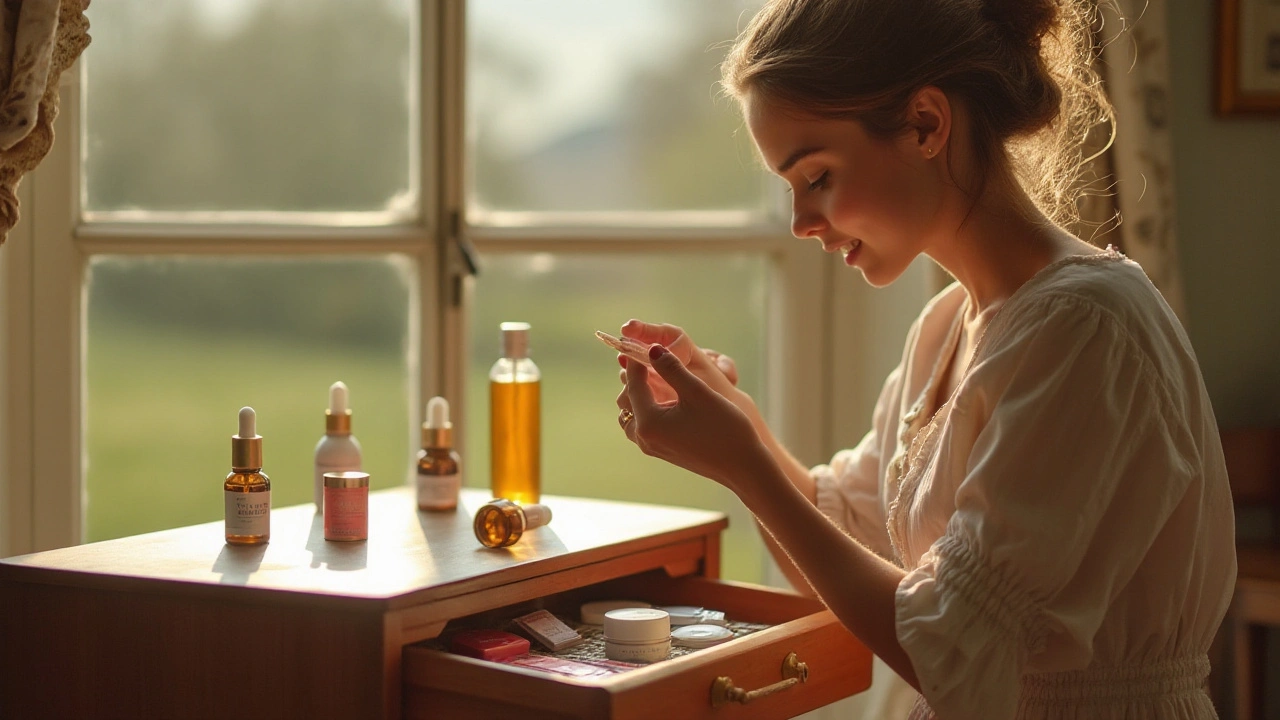Skin Care: Easy Tips for Healthier, Brighter Skin
If you’re scrolling through a sea of skin articles, it’s easy to feel lost. This page pulls together the most useful advice from our site so you can skip the fluff and get straight to what works.
Everyday Skin‑Care Basics
Start with a routine that fits your schedule. Cleanse once in the morning and once at night with a gentle, pH‑balanced cleanser. No need for fancy foams—just rub the product into damp skin, rinse, and pat dry.
Follow up with a moisturizer that matches your skin type. If you have oily skin, look for “lightweight” or “gel‑based.” Dry skin needs something richer with ceramides or hyaluronic acid. Apply while the skin is still slightly damp; it locks in moisture better.
Sunscreen is non‑negotiable. Choose SPF 30 or higher, and reapply if you’re outdoors for more than an hour. Even cloudy days have UV rays that can trigger spots or dark patches.
Understanding Lightening Treatments
When it comes to skin lightening, the market is full of creams, serums, and prescription gels. The most common active ingredients are hydroquinone, tretinoin, and mometasone. Hydroquinone reduces melanin production, but it can cause irritation if you use it wrong.
Tretinoin speeds up cell turnover, helping the skin shed pigmented cells faster. It works best when paired with a sunscreen because new skin is more sensitive to UV light. Mometasone is a steroid that reduces inflammation; it’s useful for post‑inflammatory hyperpigmentation but should not be used long‑term.
Prescription options often give stronger results, but over‑the‑counter (OTC) products can still help if you have mild discoloration. Look for OTC formulas with a lower concentration of hydroquinone (2% or less) and combine them with vitamin C serum for extra brightening.
Always do a patch test before applying any new product to your face. Apply a small amount on your jawline, wait 24 hours, and watch for redness or itching. If you notice a reaction, stop using it right away.
Buying these products online can be risky. Stick to reputable pharmacies that require a prescription for stronger actives. Check reviews, look for verification badges, and avoid sites that promise “miracle” results at rock‑bottom prices.
Remember, consistency beats intensity. Most lightening creams need 8–12 weeks of daily use before you see a real change. Pair them with the basics—cleanser, moisturizer, sunscreen—and you’ll protect your skin while it brightens.
Got more specific questions? Browse our related articles on hydroquinone safety, tretinoin side effects, and how to spot fake pills online. Each piece breaks down the science in plain language so you can make confident choices for your skin.
Skin care isn’t a one‑size‑fits‑all plan. Experiment with what feels right, keep an eye on any irritation, and adjust as needed. With simple steps and reliable products, healthier, clearer skin is within reach.
Top 10 Isotroin Alternatives in 2025 for Effective Acne Treatment
Acne treatment has evolved significantly, offering various alternatives to Isotroin in 2025. Each alternative caters to different acne severities and skin types, ranging from retinoids to antibiotics. While some focus on hormonal acne, others aim to balance oil production and reduce inflammation. This guide explores the top ten options, highlighting their pros and cons to help you make an informed choice.
learn more